This summer, 51 high school students from across the country came together at Northwestern University’s Center for Interdisciplinary Exploration and Research in Astrophysics (CIERA) to explore the cosmos through REACH, a hands-on astronomy research program for high school students.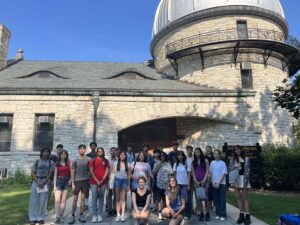
“I have been interested in astronomy since the seventh grade and have learned so much about how to conduct research in the field. I’ve really enjoyed myself here,” said Brooks Traugott, a REACH student from Academic Magnet HS in South Carolina.
Now in its seventh year, REACH (Research Experiences in Astronomy) continues to open doors to STEM for high school students from all backgrounds, offering a rigorous, engaging, and inclusive entry point into the world of scientific research.
From Curiosity to Code
For three immersive weeks, REACH Core students learned the fundamentals of modern astrophysics research, with a curriculum centered on Python programming, data analysis, and a deep dive into astronomical concepts. No prior experience with coding or astronomy was required – just curiosity and a willingness to learn.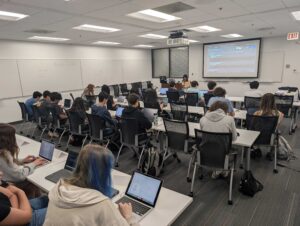
“Running the REACH program is the most fulfilling part of my job,” said James Schottelkotte, CIERA’s Education and Outreach Coordinator. “It is incredible seeing how much the students grow, not only in their coding and astronomy skills, but also socially as a group. Over 3 weeks, you are watching life-long friendships grow. All the while, they are learning the skills of modern astronomy research in Python coding. Students are often surprised how much of modern research is coding.”
Students learned Python computer programming using the CIERA-built REACHpy GitHub tutorial and Google Colab. The Core program culminated in mini-projects inspired by active research at CIERA and supported through guidance by CIERA graduate students and postdocs, giving students the chance to apply their newly developed coding and analytical skills to real scientific problems.
“It’s been a bit challenging, but also very rewarding and fun,” Traugott said. “I especially enjoyed learning how to create visualizations with Python. In one exercise, we used data from a survey of stars in the Milky Way, plotted them on a graph, and created a color map. The result was a beautiful visualization and an amazing project!”
Beyond the Classroom
REACH isn’t just about research—it’s about building a scientific community. Students attended college and career panels, participated in solar obse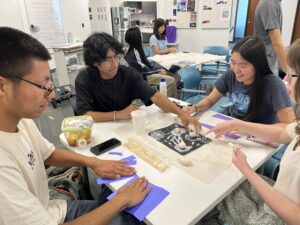
rving at Dearborn Observatory, and connected over games and social events. These moments helped foster a sense of belonging that’s often missing from early STEM experiences.
This year’s cohort was a diverse and dynamic group. Half of the students identified as gender minorities. Seven of the students identified as underrepresented racial/ethnic minorities in STEM and a similar number were first-generation college-bound students. More than a third received financial aid.
Most of the students were able to attend thanks to generous support from The Brinson Foundation, IMC Trading, and friends of CIERA.
REACH Further: Pushing Boundaries
Eleven students took the next step into REACH Further, a selective three-week extension where they tackled independent research projects under the guidance of CIERA mentors. Projects ranged from analyzing variable stars to exploring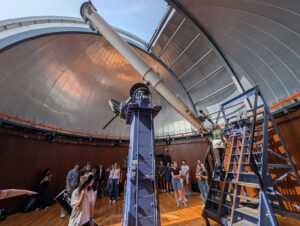 exoplanet data, reflecting the breadth of CIERA’s cutting-edge research.
exoplanet data, reflecting the breadth of CIERA’s cutting-edge research.
“I was looking for a summer program related to astronomy and physics, ideally one affiliated with a well-known or reputable college,” said Gayanika Karthik, a REACH Further student from Eleanor Roosevelt HS in California. “What really drew me in was the chance to work directly with researchers. It was exciting to be able to communicate with them, ask questions, and get my doubts clarified—especially because I’ve always wanted to be a researcher myself.”
Karthik’s experience highlights how REACH Further thrives on both student ambition and the deep commitment of CIERA mentors to fostering the next generation of scientists.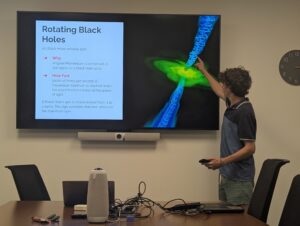
“I have been super fortunate throughout my young career to have been taught and inspired by a number of great mentors,” said REACH mentor and CIERA BoV Graduate Fellow Andrew Marszewski. “The opportunity to hopefully provide that type of inspiration to future scientists is what motivated me to serve as a REACH Further Mentor. My entire experience with the program has been incredibly rewarding, largely thanks to the exceptional students I have been able to work with.”
A Launchpad for the Future
REACH 2025 may have ended, but its impact is just beginning. Alumni leave with not just technical skills, but the confidence that they belong in scientific spaces. They leave as young researchers ready to ask big questions and pursue even bigger answers.
“Before CIERA, I was really stressed about college and unsure of my path. But the program showed me the kind of environment I’d be working in, and I realized this is what I want to do. Now I’m confident I want to pursue astronomy research and eventually earn a PhD,” Karthik said.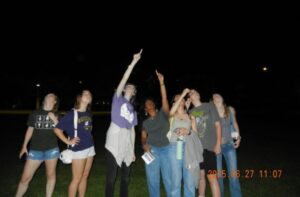
A heartfelt congratulations to all the students and teachers whose enthusiasm and dedication brought the 2025 REACH experience to life—and a big thanks to every member of the CIERA community whose support made it possible. Without them, this program would not be possible.
“REACH is a significant effort from the CIERA community. I work with an excellent core team who bring passion and experience, and dozens of dedicated CIERA scientists contribute to the Astro 101 lectures, the coding lessons, and activities,” Schottelkotte said. “I’m honored to be at an institution that values this work and with people who care to contribute to the next generation of scientists.”
by Lisa La Vallee
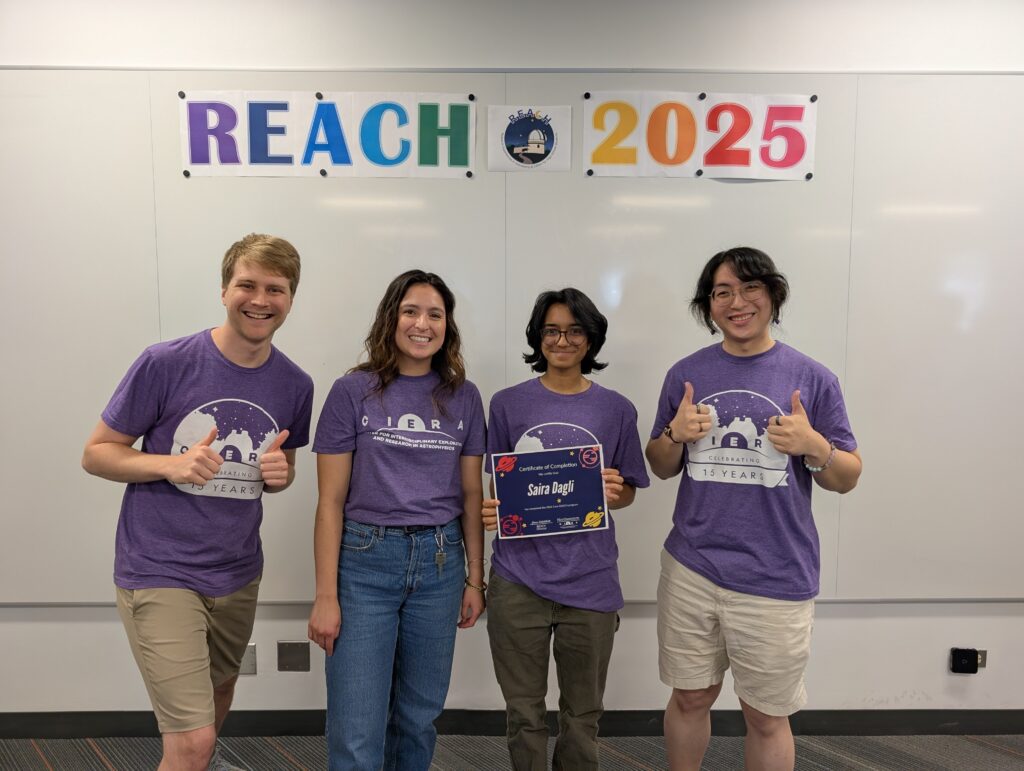

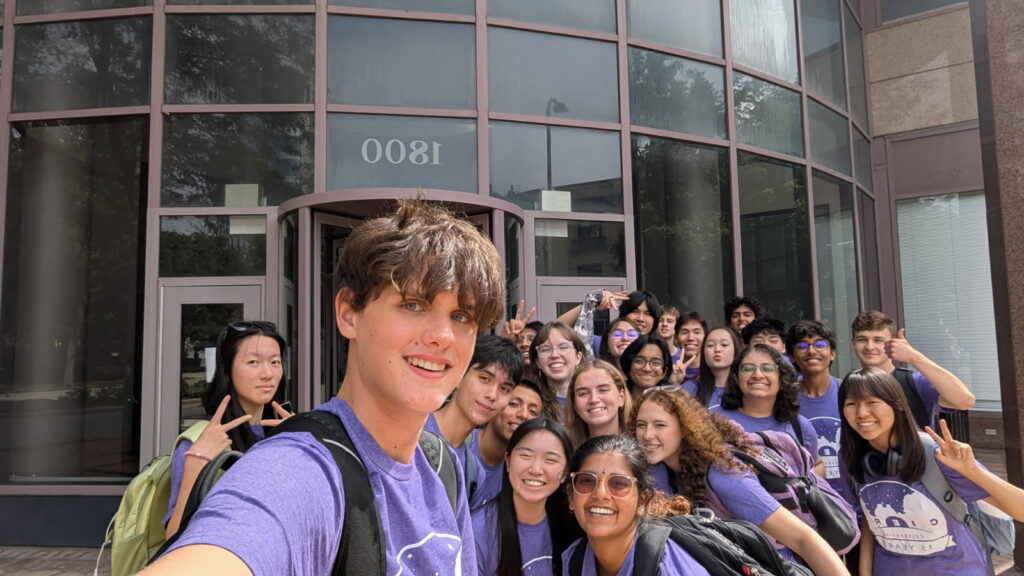
Program Staff
James Schottelkotte, Miguel Martinez, Nathalie Jones, Jonathan Roberts, Anastasia Moriakova
Mentors
Lindsey Kwok, Megan Newsome, Andrew Marszewski, Sanaea Rose, Ilia Kiato, George Winstone, Kierstin Sorensen, Fulya Kiroglu, Miguel Martinez, Jonathan Roberts, Kyle Rocha
Additional Instructors/Helpers
Anastasia Wei
Dean Kousiounelos
Kate Smith

